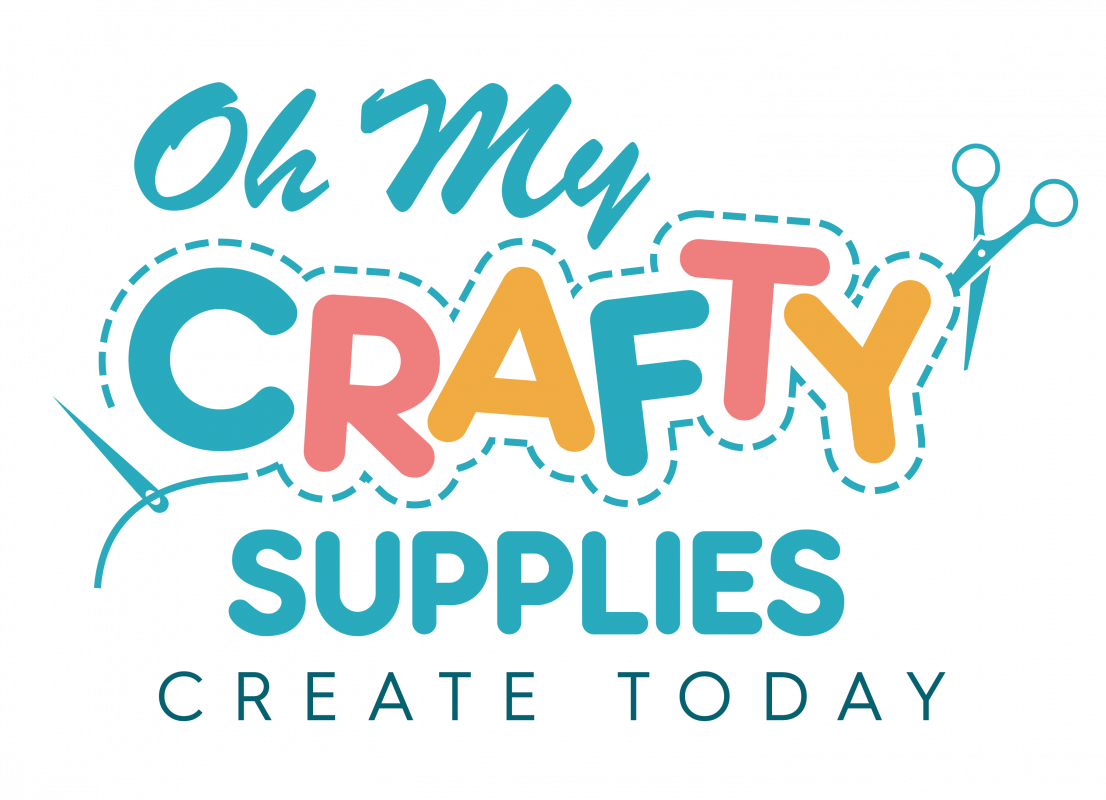Introduction to Machine Embroidery
Machine embroidery is a popular method of creating custom designs on fabrics using a specialized embroidery machine. This technique is perfect for creating personalized gifts, customizing clothing, and adding unique touches to home decor projects.
Getting Started with Machine Embroidery
If you are new to machine embroidery, there are a few essential tools and materials you will need to get started:
Materials
- Embroidery machine
- Embroidery thread
- Stabilizer
- Fabric or garment to be embroidered
- Embroidery design file (either pre-made or created by you)
Tools
- Embroidery hoops
- Scissors
- Bobbins
- Needles
Basic Machine Embroidery Techniques
1. Setting up Your Machine
Before beginning any embroidery project, it’s essential to make sure your machine is set up correctly. Be sure to follow the manufacturer’s instructions for your specific machine.
2. Hooping Your Fabric
Hooping is the process of stretching your fabric taut over an embroidery hoop, securing it in place, and then inserting the hoop into the embroidery machine. Proper hooping is essential for accurate and consistent embroidery.
3. Choosing the Right Stabilizer
The stabilizer is a material that is placed underneath the fabric being embroidered. It helps to stabilize the fabric and prevent it from shifting during the embroidery process. There are various types of stabilizers available, such as tear-away, cut-away, and water-soluble stabilizers. The type of stabilizer you choose will depend on the fabric and design you are working with.
4. Threading Your Machine
Threading your machine correctly is essential for achieving the best embroidery results. Be sure to follow the manufacturer’s instructions for your specific machine, and double-check that your needle and thread are compatible with your fabric and stabilizer.
5. Starting the Embroidery Process
Once your machine is set up, and your fabric is hooped and stabilized, you can start the embroidery process. Begin by loading your design file into the embroidery machine and positioning the needle over the starting point on your fabric. Then, start the machine, and it will begin to embroider your design.
Troubleshooting Machine Embroidery Issues
Even with the most careful preparation, machine embroidery can sometimes encounter issues. Here are some common problems you may encounter and how to troubleshoot them:
1. Thread Breakage
Thread breakage can occur for various reasons, such as a dull needle, incorrect thread tension, or using the wrong type of thread for your fabric. To troubleshoot, try replacing your needle, adjusting your thread tension, or switching to a different thread type.
2. Puckering Fabric
Puckering fabric can occur when the fabric is not properly hooped or stabilized. Try re-hooping your fabric or using a more robust stabilizer to prevent puckering.
3. Design Not Aligning Correctly
Design alignment issues can occur if your fabric is not hooped correctly or if your design file is not loaded into the embroidery machine correctly. Double-check your hooping and design placement before starting the embroidery process.
4. Skipped Stitches
Skipped stitches can occur if your needle is not sharp enough, or if your thread tension is incorrect. Try changing your needle and adjusting your thread tension to troubleshoot skipped stitches.
Tips and Tricks for Successful Machine Embroidery
1. Use High-Quality Thread
Using high-quality embroidery thread can make a significant difference in the quality of your embroidery. Quality thread is less likely to break or fray and will
produce more vibrant and consistent colors.
2. Test Your Embroidery Design
Before embroidering your final project, it’s always a good idea to test your design on a scrap piece of fabric. This will allow you to see how the design looks and make any necessary adjustments before starting the actual project.
3. Keep Your Machine Clean and Maintained
Regularly cleaning and maintaining your embroidery machine is essential for keeping it in good working condition. Be sure to follow the manufacturer’s instructions for cleaning and oiling your machine, and have it serviced regularly to prevent any issues.
4. Choose the Right Needle
The needle you choose can make a big difference in the success of your embroidery project. Be sure to select a needle that is appropriate for your fabric and design, and replace your needle frequently to ensure it stays sharp.
5. Experiment with Different Fabrics and Designs
One of the most exciting aspects of machine embroidery is the ability to experiment with different fabrics and designs. Try embroidering on different fabrics, such as denim, silk, or even leather, and experiment with different design styles and colors to create unique and personalized projects.
Conclusion
Machine embroidery is a fun and creative way to add a personal touch to your sewing projects. By following these basic techniques, troubleshooting tips, and tricks, you can achieve beautiful and professional embroidery results. So, let your creativity run wild and start embroidering today!

